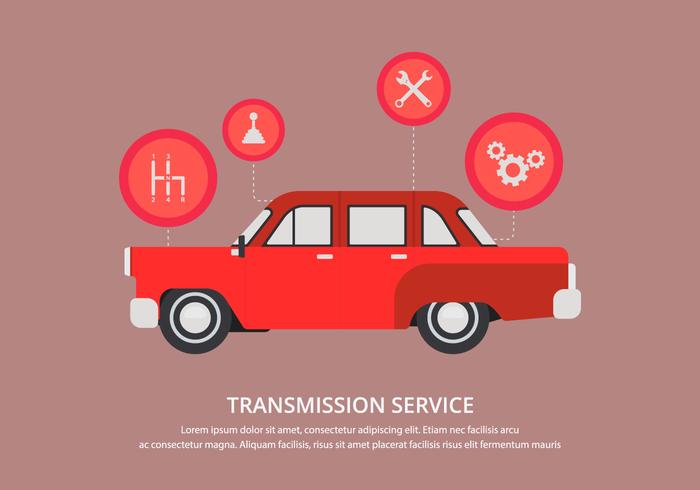Examining Your Auto'S Warning Indicators: What They Really Communicate
Examining Your Auto'S Warning Indicators: What They Really Communicate
Blog Article
Web Content Create By-Faulkner Kejser
When you lag the wheel, those beautiful caution lights on your control panel can be a little bit difficult. Do you recognize what they're attempting to inform you regarding your cars and truck's wellness? Comprehending the importance of these lights is crucial for your safety and the durability of your lorry. So, the next time one of those lights pops up, would not you want to understand its message accurately and take the needed actions to resolve it?
Common Caution Lights and Interpretations
Recognize common warning lights in your car and comprehend their definitions to ensure secure driving.
The most normal caution lights consist of the check engine light, which signals problems with the engine or emissions system. If this light begins, it's important to have your car inspected promptly.
The oil stress alerting light shows reduced oil pressure, calling for immediate focus to avoid engine damage.
A flashing battery light could suggest a faulty billing system, possibly leaving you stranded if not addressed.
https://www.consumerreports.org/consumer-rights/people-want-to-get-phones-appliances-fixed-but-often-cant-a1117945195/ (TPMS) light notifies you to reduced tire pressure, influencing automobile stability and fuel performance. Disregarding this can lead to hazardous driving problems.
The ABS light indicates a problem with the anti-lock stopping system, compromising your ability to quit quickly in emergencies.
Finally, the coolant temperature level alerting light warns of engine overheating, which can cause severe damage if not dealt with promptly.
Recognizing these typical warning lights will assist you address problems without delay and preserve risk-free driving problems.
Significance of Prompt Attention
Understanding the common warning lights in your vehicle is only the primary step; the value of immediately attending to these warnings can't be emphasized enough to ensure your safety and security when traveling.
When a warning light illuminates on your control panel, it's your vehicle's way of interacting a possible problem that requires attention. Ignoring these warnings can bring about much more extreme troubles later on, endangering your safety and security and potentially costing you more out of commission.
Prompt interest to advising lights can protect against failures and accidents. For instance, a blinking check engine light might indicate a misfire that, if left unattended, could cause damages to the catalytic converter. Resolving this quickly can save you from a costly repair work.
Likewise, a brake system alerting light might signify low brake fluid or worn brake pads, vital elements for your safety when driving.
Do It Yourself Troubleshooting Tips
If you discover a caution light on your dashboard, there are a few do it yourself fixing suggestions you can attempt prior to looking for expert assistance.
The initial step is to consult your car's handbook to understand what the certain warning light shows. Occasionally the issue can be as straightforward as a loosened gas cap setting off the check engine light. Tightening cardetailingnewzealand might resolve the trouble.
One more typical concern is a reduced battery, which can set off numerous warning lights. Checking the battery links for rust and ensuring they're safe and secure could fix the issue.
If a warning light lingers, you can attempt resetting it by disconnecting the cars and truck's battery for a couple of minutes and then reconnecting it. Additionally, checking your vehicle's liquid levels, such as oil, coolant, and brake fluid, can help troubleshoot cautioning lights associated with these systems.
Final thought
Finally, understanding your cars and truck's warning lights is important for keeping your automobile running efficiently and securely. By without delay attending to these signals and knowing what they mean, you can stay clear of pricey repair work and prospective breakdowns.
Remember to consult your vehicle's guidebook for particular information on each cautioning light and act accordingly to make sure a hassle-free driving experience.
Keep notified, remain safe when traveling!
